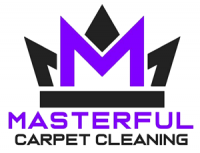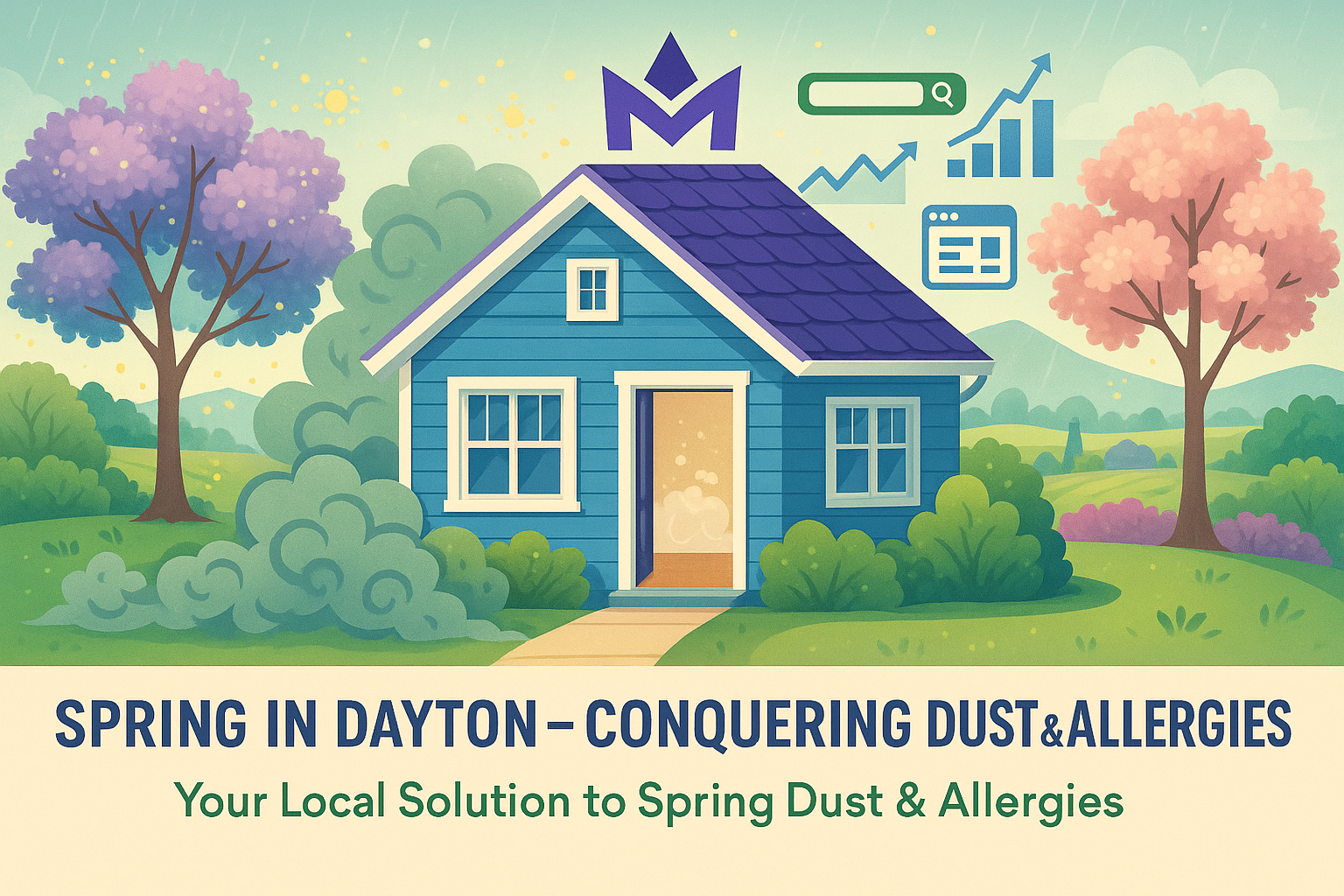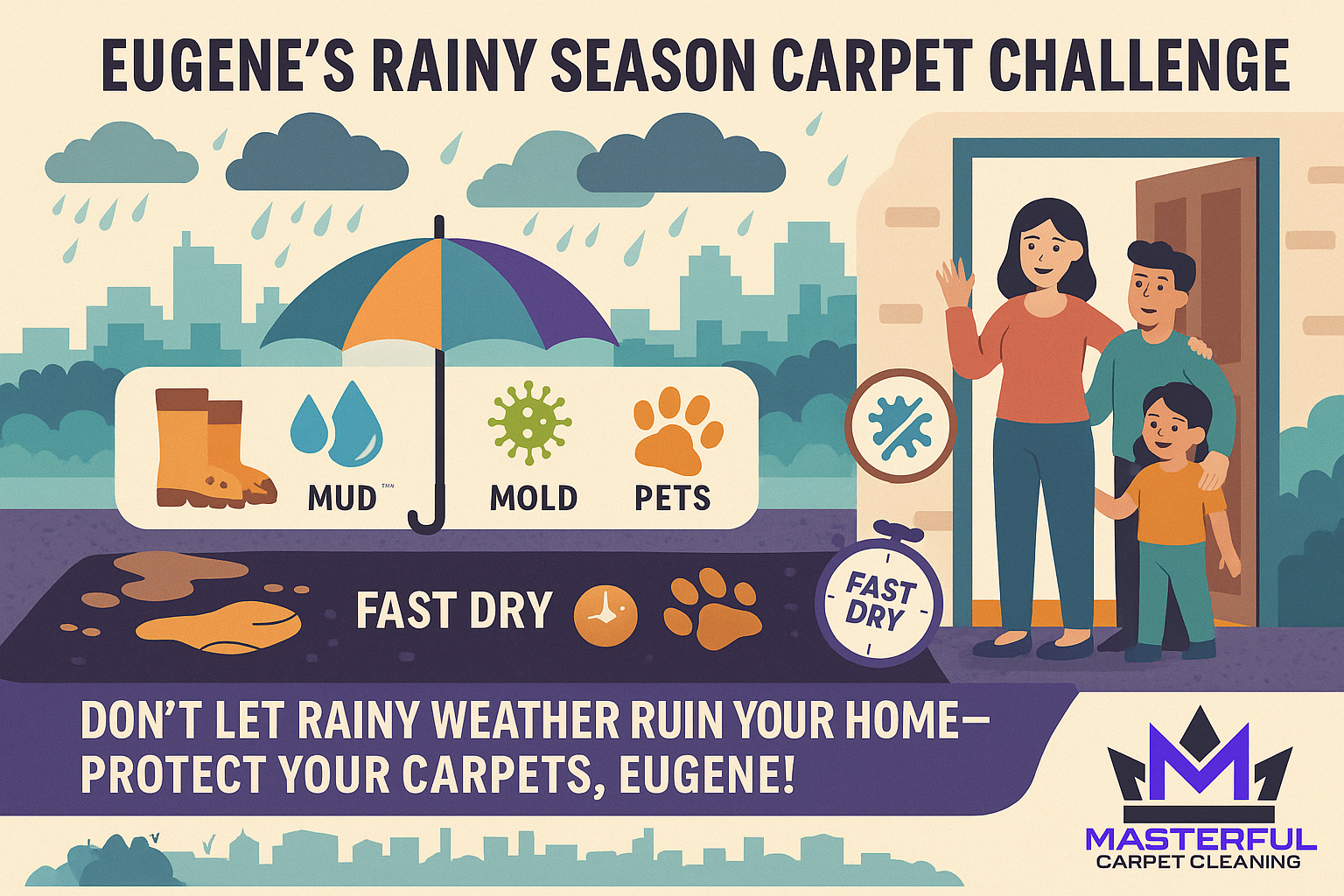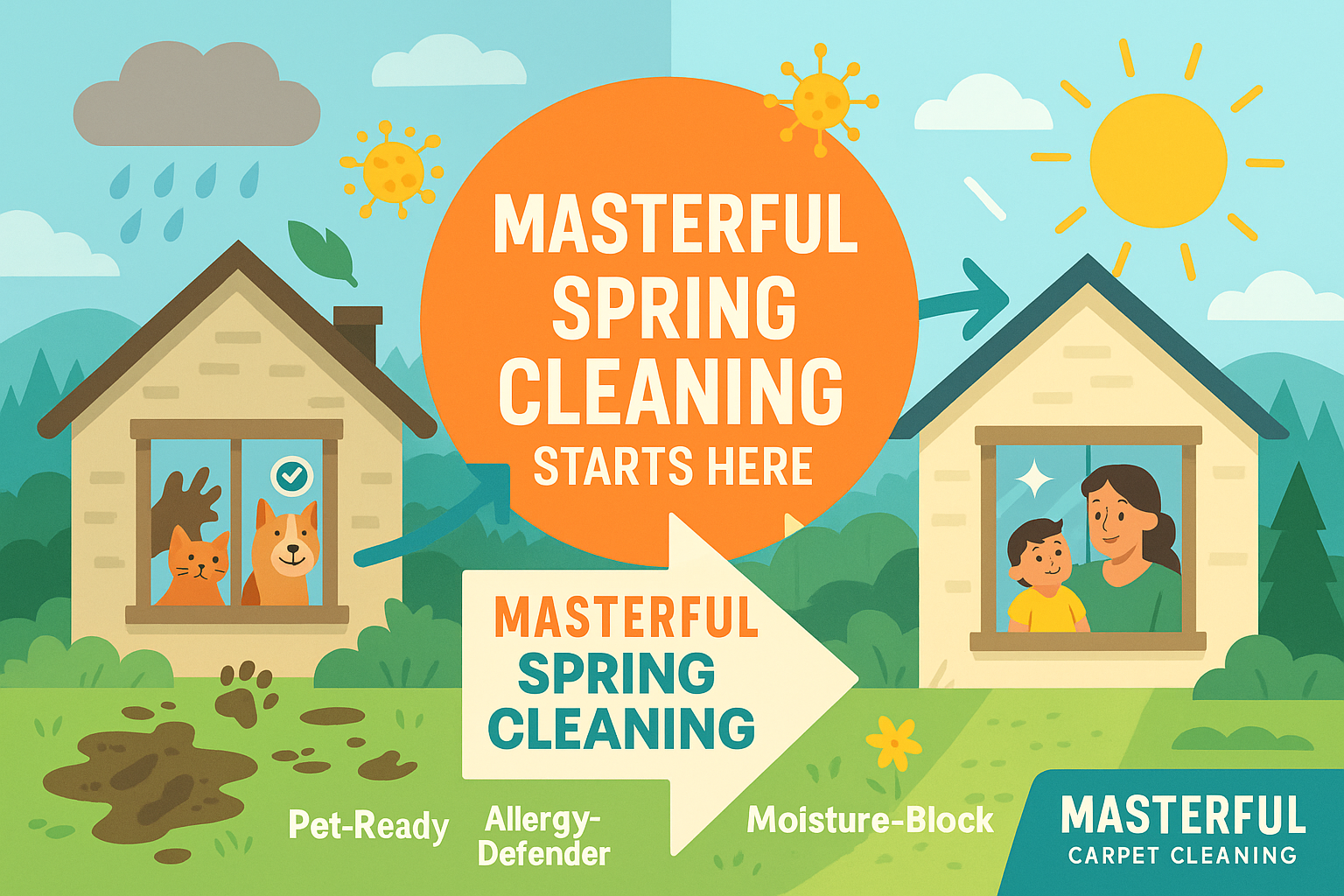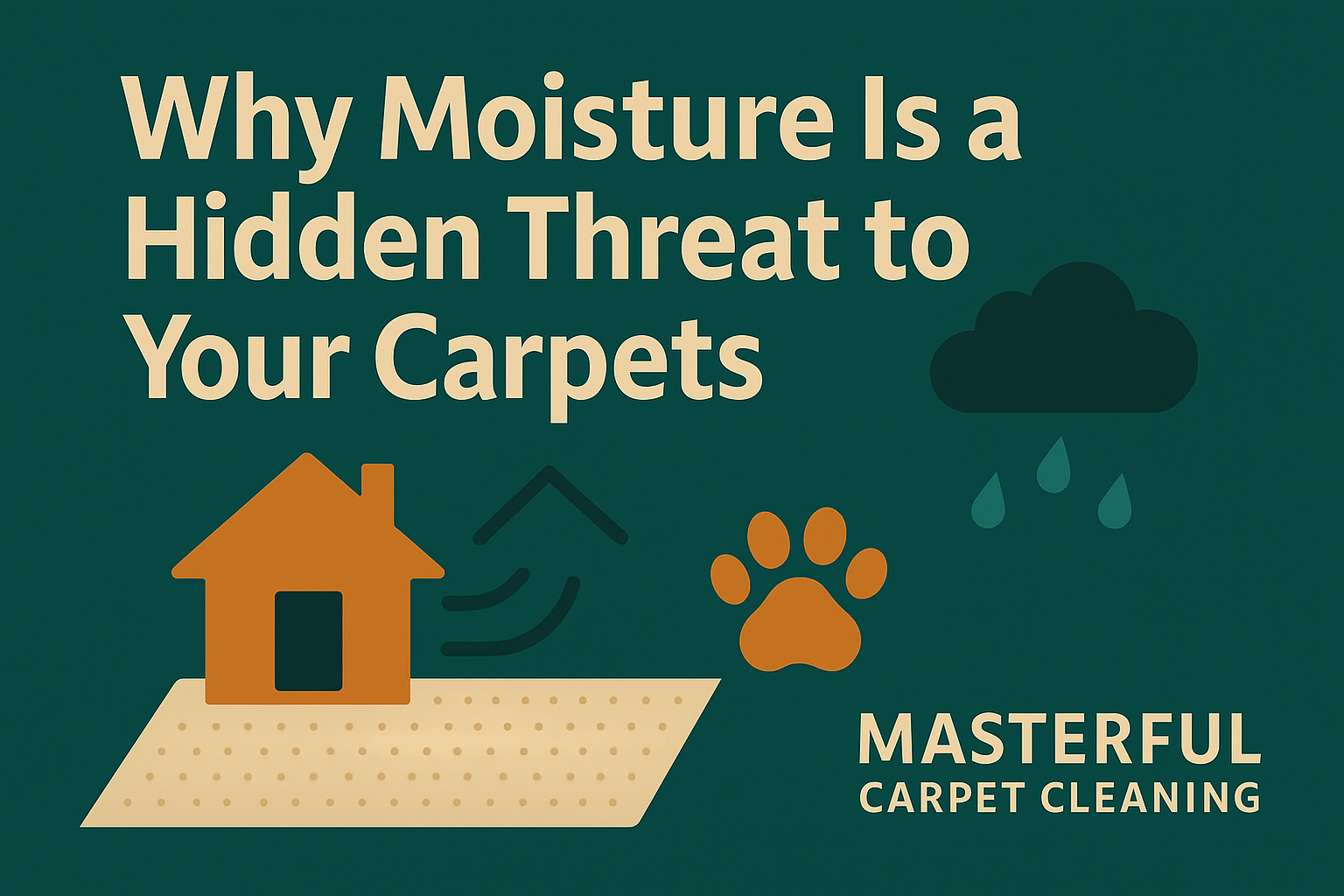Wet Mopping: When and How to Use This Cleaning Method

Wet mopping is a prevalent and effective method for cleaning floors, distinguished by its ability to remove solid dirt and stains that dry mopping cannot thoroughly address.
The process involves using a mop moistened with water and a cleaning solution, making it ideal for various floor types except those sensitive to moisture.
Necessary Tools and Preparation
Before engaging in wet mopping, it’s advisable to gather essential tools such as a vacuum cleaner, wet mop, buckets for washing and rinsing, sponges, detergent, towels, or thick cloth.
Preparing the cleaning area involves clearing the space, warning occupants, and ensuring that the floor is mostly free of obstacles.
Effective Cleaning Techniques
The initial step in wet mopping is cleaning the floor surface with a vacuum cleaner to remove dry dirt and debris, which can hinder the effectiveness of wet mopping.
It’s important to use the correct technique, starting with soaking the mop in soapy water, and then transferring and spreading the water evenly across the floor. The mop should be damp, not saturated, to avoid leaving excessive moisture on the floor.
Selecting the Right Cleaning Solution
The cleaning solution plays a significant role in the effectiveness of wet mopping. Hot water is preferable as it loosens dirt more effectively than cold water.
The amount of detergent used should be moderate to prevent leaving residue that can attract more grime and create stains. Avoiding chlorine-based cleaners is recommended due to their corrosive nature on mop fibers.
Mopping Technique and Maintenance
Begin mopping in one corner of the room, working towards an exit to avoid recontaminating cleaned areas. For hardwood floors, mop in the direction of the wood grain, and for textured surfaces, use a figure-eight pattern.
After mopping, it’s essential to rinse the mop thoroughly under hot water, wring out excess moisture, and allow it to dry completely. This prevents bacteria and mold growth, ensuring the mop’s longevity and effectiveness for future use.
Additional Notes for Effective Wet Mopping
- Avoid Common Mistakes: Excessive use of water or detergent can be detrimental to both the floor and the cleaning process.
- Dry Mopping First: Ensure the floor surface is clean before wet mopping for optimal results.
- Proper Drying: It’s strongly advised to dry the floor adequately after mopping to prevent damage, especially for moisture-sensitive flooring like wood.
Wet mopping is a highly effective cleaning method when executed correctly. By understanding the necessary tools, techniques, and solutions, and avoiding common pitfalls, one can achieve a cleaner and more hygienic floor surface.

Selecting the Right Approach for Different Floors
How to Clean Hardwood Floors
Hardwood floors, encompassing varieties like oak, pine, cherry, walnut, hickory, and maple, demand specific care to maintain their timeless appeal.
- Cleaning Method: Sweep or dust-mop daily to eliminate grime; vacuum weekly without a beater bar. For spills, immediate wiping is important.
- Mopping Technique: Use a damp mop with warm water, avoiding excess moisture. Preferred cleaners are pH-neutral soaps for polyurethane finishes and warm water with white vinegar for stains. Urethane finishes require water-based cleaners, while wax finishes require solvent-based cleaners.
- Maintenance Tips: Utilize rugs and mats in high-traffic areas, control humidity, protect floors from furniture, and consider recoating or refinishing for severe scratches.
- Avoid: Excess water, all-purpose or ammonia-containing cleaners, oil soaps, and steam mopping.
How to Clean Laminate Floors
Laminate flooring is known for its durability and affordability, requiring careful maintenance to prevent damage.
- Cleaning Method: Sweep regularly and vacuum without a beater brush. Mop with a damp mop, ensuring minimal water usage.
- Mopping Technique: Choose a specific laminate floor product or a homemade mixture of vinegar and water, avoiding oil-based or wax/polish cleaners.
- Maintenance Tips: Place rugs in high-traffic areas and keep floors dry, especially in kitchens.
- Avoid: Excessive water, steam mopping, direct application of cleaners, oil-based cleaners, abrasive cleaners, and refinishing.
How to Clean Vinyl Floors
Vinyl flooring, a waterproof and durable option, requires simple cleaning methods.
- Cleaning Method: Daily sweeping and vacuuming are recommended.
- Mopping Technique: Use warm water with a soft, non-abrasive mop, such as microfiber. Opt for no-rinse or apple cider vinegar and water as cleaning solutions.
- Maintenance Tips: Clean up spills immediately, use mats near doors, and protect floors from furniture.
- Avoid: Abrasive cleaning products, rough scrub pads, mop and shine products, wax polish, and excessive water.
How to Clean Tile Floors
Tile floors, common in bathrooms and kitchens, vary in materials like ceramic, porcelain, marble, granite, and limestone.
- Cleaning Method: Sweep or vacuum without a beater bar to remove loose dirt.
- Mopping Technique: Use a soft, damp mop with a manufacturer-approved tile and grout cleaner or a neutral pH cleaner for natural stone tiles. Deep clean with a soft brush and mild detergent, focusing on tile and grout.
- Maintenance Tips: Clean spills immediately, use furniture protectors, and consider sealing the flooring to prevent moisture damage.
- Avoid: Mixing bleach and ammonia, acid-based cleaners, steel wool, abrasive cleaners on natural stone tiles, and acidic cleaners on marble or limestone.
Each floor type requires specific cleaning methods and products to maintain its appearance and longevity. It’s essential to adhere to manufacturer guidelines and avoid practices that could damage the flooring.
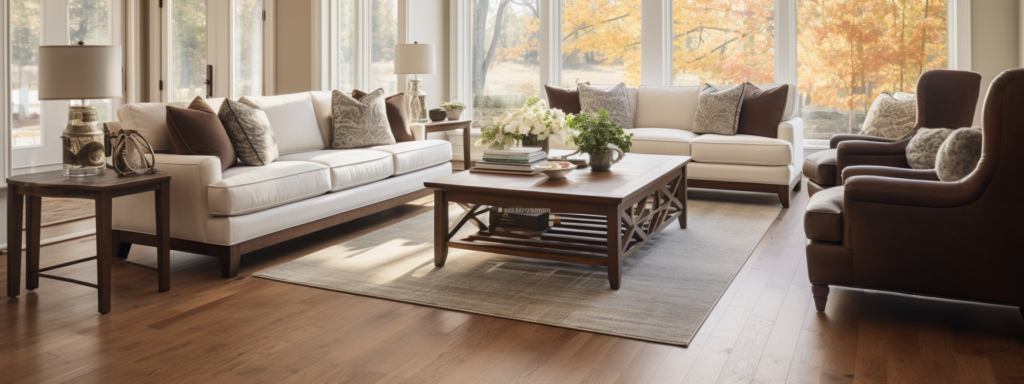
When to Use Wet Mopping
Wet mopping is an important part of maintaining clean and hygienic floors, suitable for specific scenarios where deep cleaning is necessary.
Ideal Conditions for Wet Mopping
- Deep Cleaning Necessity: Wet mopping is most effective as a deep cleaning method, typically conducted on a biweekly or monthly basis to remove sticky dirt and soil from floors.
- Large Spills and Heavy Soil: It’s the preferred method for cleaning up big spills or heavily soiled areas, such as restaurant kitchens and industrial floors. The process involves applying a cleaning solution to loosen the dirt, followed by mopping to absorb the soiled solution.
Mopping Process
- Mop Preparation: The mop should be immersed in the solution and wrung out until damp to avoid over-wetting the surface.
- Effective Technique: Start mopping in the farthest corner from the door, moving towards the entrance to avoid streaking. Utilize a figure-eight pattern for maximum efficiency.
- Solution Management: Regularly change the cleaning solution to prevent the redistribution of dirt.
Additional Considerations
- Avoid Over-Wetting: Excessive moisture can damage certain floor types, making it imperative to use a damp mop rather than a soaked one.
- Cleaning Frequency: Adjust the frequency of wet mopping based on the level of foot traffic and the likelihood of spills or soil accumulation.
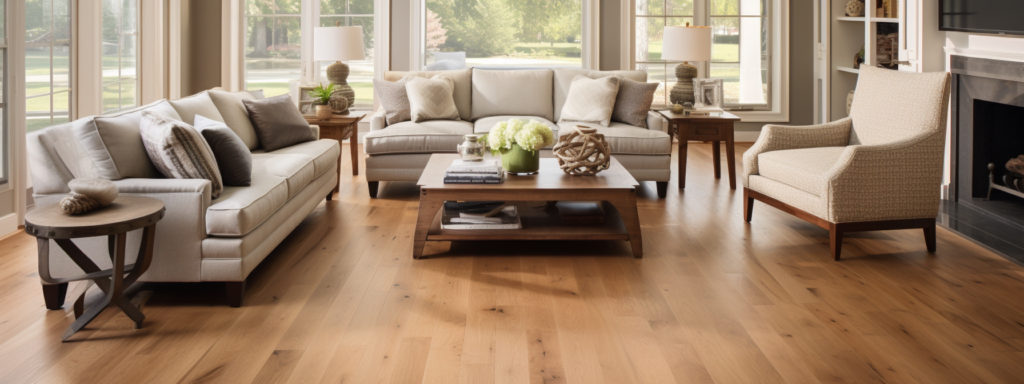
How to Wet Mop
Wet mopping is an important procedure for maintaining clean and hygienic floors. It’s essential to execute this process correctly to ensure effective cleaning while avoiding damage to the floors.
Preparing the Mopping Area
- Safety and Clearance: Set up wet floor signs to alert others to the slippery area and move furniture and obstacles to a safe, dry area.
- Initial Cleaning: Remove sticky substances and larger debris from the floor. Pre-mop vacuuming is important to eliminate debris, dust, and dirt that could lead to a dirtier floor if not removed.
Choosing the Right Tools
- Mop Selection: Opt for microfiber mops over traditional cotton string or cellulose sponge mops. Microfiber mops are more effective in removing microbes and are easier to clean, thus more hygienic.
Wet Mopping Technique
- Solution Preparation: Dilute the cleaning solution properly, avoiding excessive soap, which can leave a sticky residue and attract more dirt.
- Mopping Process: Dunk the mop in the solution and wring it until damp, not wet, to avoid over-wetting the floor. Start in the farthest corner from the door, mopping in a figure-eight pattern, and move towards the entrance. Change the cleaning solution regularly to prevent redistributing dirt.
Avoiding Common Mistakes
- Water Usage: Be cautious with the amount of water used, particularly on moisture-sensitive floors like hardwood and laminate. Minimal soapy water is required to lift dirt and eliminate germs effectively.
- Final Rinse: After mopping, rinse the floor with fresh tap water to remove any remaining dirt-laden water and prevent residue from settling back onto the floor.
Post-Mopping Procedures
- Mop Maintenance: Clean mop heads thoroughly after use to prevent bacterial growth. Machine-washable and dryer-safe mop heads are recommended for their effectiveness and ease of cleaning.
- Mop Storage: Store the mop properly after washing, hanging it with strands down for quick drying and sufficient airflow, to avoid mildew and unpleasant odors.
- Restoring the Area: Empty and clean the mop bucket thoroughly, hang the mop to dry, remove all wet floor signs, and return moved objects to their original places.
Adhering to these steps and precautions will ensure that wet mopping is done effectively and safely, maintaining the cleanliness and integrity of your floors.
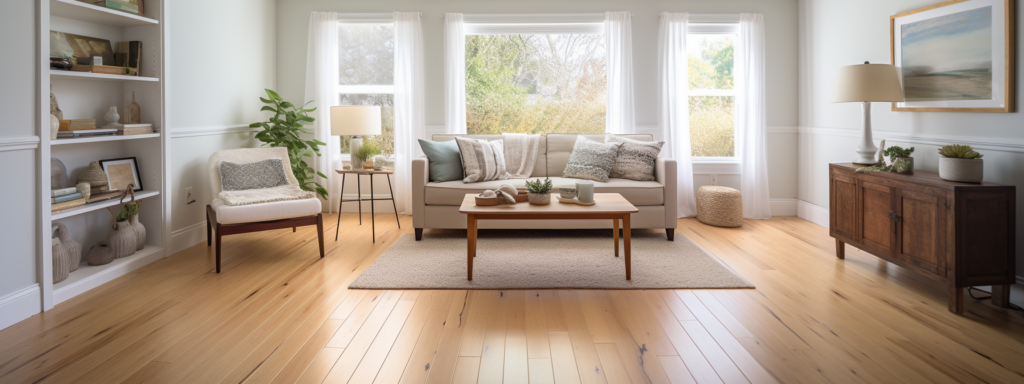
Best Practices and Tips for Wet Mopping
Proper wet mopping is essential for maintaining clean, hygienic floors and extending their longevity. Here are key practices and tips to ensure effective wet mopping:
Moderation in Water and Detergent Use
- Water Usage: Avoid using excessive water. Too much water, especially on floors like hardwood, can cause damage like warping or bubbling.
- Detergent Application: Use a minimal amount of detergent. Overusing detergent can leave residue on floors, attracting more dirt and causing them to fade over time.
Efficient Mopping Process
- Pre-Mopping Steps: Remove furniture and sweep the floor thoroughly before mopping to prevent pushing around debris and pet hair.
- Cleaning Solution: Mix warm water with a suitable amount of cleaning agent. Warm water helps remove tough stains effectively.
- Mopping in Sections: Tackle the floor in sections, starting with dirtier areas like kitchens. Use a vinegar solution for heavy grime, and mop in manageable segments.
Regular Maintenance of Tools
- Mop Rinsing: Rinse and wring the mop after completing each section. This prevents the spread of dirt from one area to another.
- Changing the Cleaner: Replace the mop water once it becomes visibly dirty to ensure you’re always cleaning with a fresh solution.
- Mop Selection: Use looped-end or microfiber mops instead of cut-end mops for better cleaning efficiency and to avoid leaving lint on floors.
Post-Mopping Care
- Drying the Floor: Properly dry the floor after mopping to prevent damage. Open doors and windows for ventilation and quicker drying.
- Mop Disinfection: Clean and disinfect mop heads after use to prevent bacterial growth. Machine-washable mop heads are recommended for their ease of cleaning and durability.
Additional Effective Techniques
- Agitation for Tough Soils: Use additional agitation, like deck brushes, for hard-to-remove soils to ensure thorough cleaning.
- Homemade Cleaners: For safer cleaning, homemade solutions like a mixture of vinegar and water can be effective, especially on linoleum and vinyl floors.
- Proper Mopping Posture: Maintain a good posture while mopping to prevent physical strain and ensure effective cleaning.
Adhering to these best practices and tips can significantly improve the effectiveness of your wet mopping routine, ensuring cleaner floors and reduced risk of damage. It’s important to tailor your approach based on the specific type of flooring and the level of soiling.
Regular maintenance of your mopping equipment and using the right cleaning solutions are key to achieving the best results.
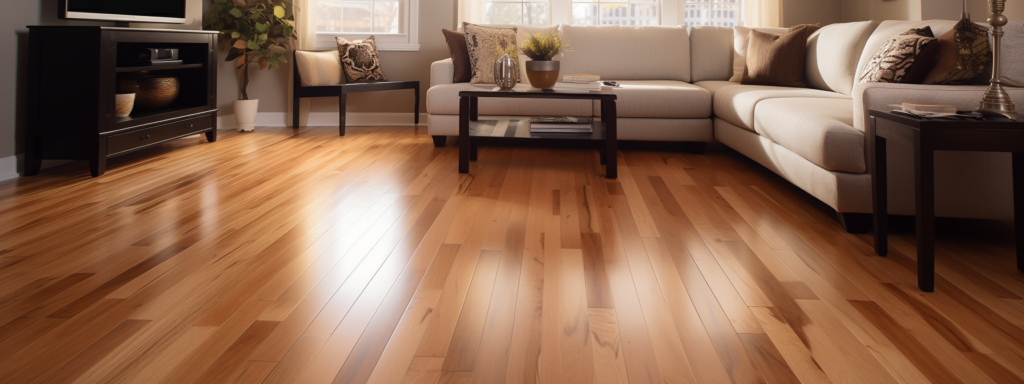
Mastering Wet Mopping for Impeccable Floors
Wet mopping, though seemingly straightforward, demands meticulous execution for optimal results.
- Key Takeaways: The successful application of wet mopping involves understanding the appropriate techniques, the right amount of water and detergent, and the importance of pre-mopping preparations like vacuuming and sweeping.
- Equipment and Methodology: Selecting a high-quality mop and preparing the right cleaning solution are key steps. The methodical approach to mopping, from sectioning the floor to ensuring proper drying, plays a vital role in achieving a thoroughly cleaned surface.
- Ongoing Practice: Regular application of these methods and tips will lead to more efficient and effective floor cleaning, ensuring your floors not only look clean but are hygienically maintained.
By integrating these practices into your routine, wet mopping will become a more streamlined and productive task, yielding consistently clean and well-maintained floors.
Author
-

As the Co-Owner of Masterful, Randy has been providing quality cleaning services to the Salem and Portland areas of Oregon for many years. He has built a reputation for excellence in the industry. His team take prides in using the latest cleaning techniques and technologies to deliver exceptional results every time.
View all posts
